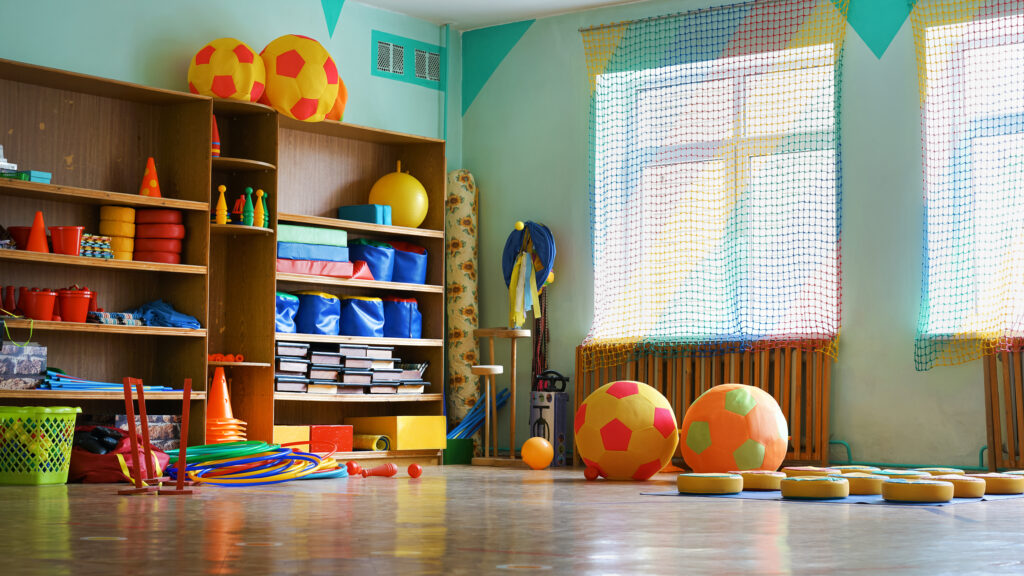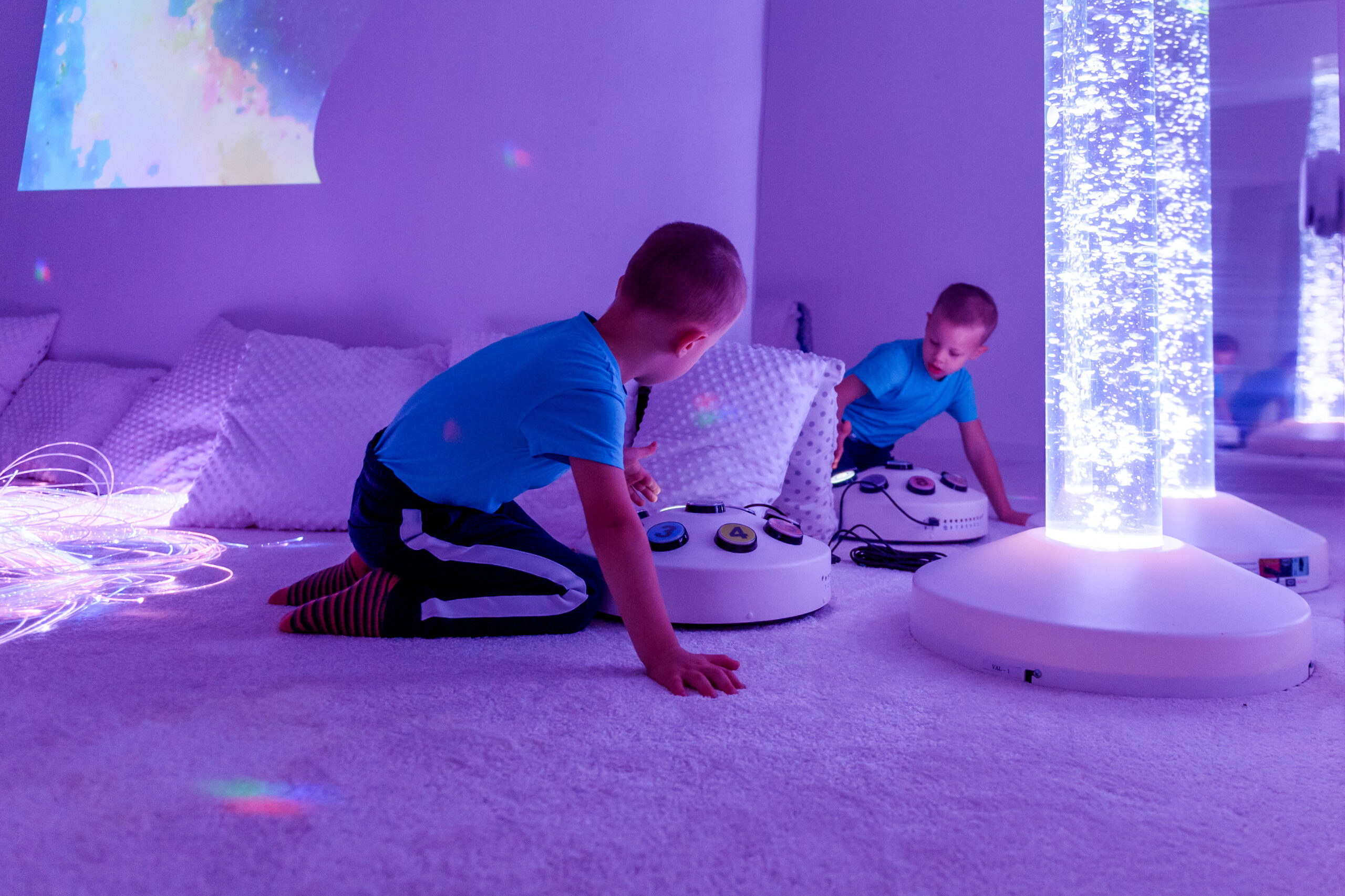How Sensory Rooms Can Support Individuals with Autism
For individuals on the Autism Spectrum Disorder (ASD) spectrum, the world can be a constant barrage of overwhelming sensory input. Bright lights, loud noises, and even the feeling of clothing tags can trigger sensory overload, leading to anxiety, meltdowns, and difficulty focusing. This is where sensory rooms come in, offering a haven of calm and regulated stimulation to support individuals with ASD.
Understanding Sensory Processing in ASD
People with ASD often experience sensory processing differences. They may be:
- Hyper-sensitive: Overly responsive to certain sounds, textures, smells, or tastes.
- Hypo-sensitive: Under responsive to sensory input, seeking out stimulation through repetitive movements or mouthing objects.
- Sensory seeking: Craving intense sensory experiences like jumping or spinning.
These differences can significantly impact daily life, making it challenging to manage emotions, regulate behavior, and engage with the world around them.
The Power of Sensory Rooms
Sensory rooms are specially designed environments that provide controlled and adjustable sensory experiences. They are often used in conjunction with Applied Behavior Analysis (ABA) therapy, a scientifically proven approach to supporting individuals with ASD. ABA therapy focuses on building skills and reducing challenging behaviors through positive reinforcement and structured learning. Sensory rooms can be powerful tools within ABA therapy, offering:
- Regulation: Calming and organizing the nervous system through specific sensory inputs, reducing stress and anxiety.
- Focus and attention: Providing a controlled environment that minimizes distractions and enhances concentration.
- Sensory exploration: Offering safe opportunities to explore different sensory experiences in a predictable and controlled manner.
- Communication and social interaction: Creating a space for shared sensory experiences that can foster communication and social engagement.
- Self-regulation skills: Teaching individuals how to identify and manage their sensory needs through self-soothing techniques used within the sensory room.
Designing an Effective Sensory Room

There’s no one-size-fits-all approach to sensory rooms. The key is to personalize the space based on the individual’s unique sensory needs and preferences. Here are some key elements to consider:
- Visual: Soft lighting, calming colors, fiber optic lamps, and projected visuals can create a visually soothing environment.
- Auditory: Calming music, nature sounds, white noise machines, and interactive sound systems offer auditory regulation.
- Tactile: Fidget toys, weighted blankets, textured surfaces, and soft play equipment provide tactile stimulation.
- Vestibular: Movement activities like swings, trampolines, and balance beams offer vestibular input.
- Olfactory: Diffusing calming essential oils or providing safe scented objects can be helpful for some individuals.
Getting Started with Sensory Rooms
Creating a sensory room doesn’t require expensive equipment. You can start small with everyday items and adapt the space based on your individual’s needs and preferences. Here are some resources to get you started:
- Autism Speaks: https://www.autismspeaks.org/
- National Autistic Society: https://www.autism.org.uk/
- STAR Institute: https://sensoryhealth.org/
5 Items to Buy for a Sensory Room:
- Weighted Blanket: Provides deep pressure stimulation, promoting relaxation and calming the nervous system.
- Fiber Optic Lamp: Creates a mesmerizing and calming visual display with its ever-changing light patterns.
- Bubble Tube: Offers visual and auditory stimulation with its gentle bubbling motion and calming sounds.
- Noise-Cancelling Headphones: Blocks out distracting sounds and helps create a more focused environment.
- Sensory Fidget Toys: Provides tactile stimulation and helps fidgety hands stay occupied, reducing anxiety.
Remember:
- Individualize: Tailor the sensory room to the specific needs and preferences of the individual.
- Start small: Begin with a few key elements and gradually add more as needed.
- Safety first: Ensure all equipment and materials are safe and age-appropriate.
- Seek professional guidance: Consult with an occupational therapist or other qualified professional for personalized recommendations.
Conclusion
Sensory rooms can be invaluable tools for supporting individuals with ASD, offering a safe space for self-regulation, focus, and sensory exploration. By understanding sensory processing differences and creating a personalized sensory environment, we can empower individuals on the spectrum to thrive and reach their full potential.
Contact us at KidsClubABA.com to learn more.




